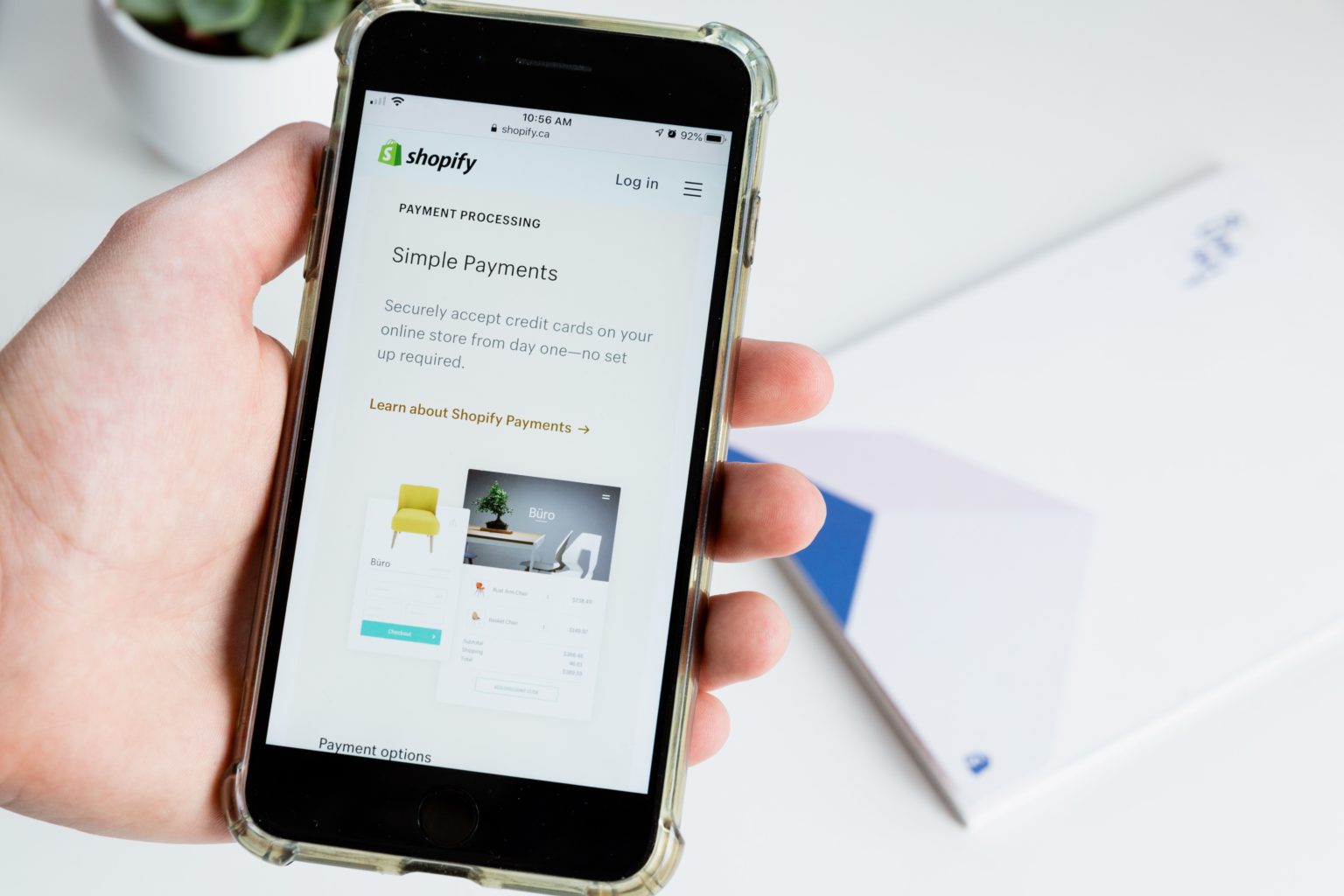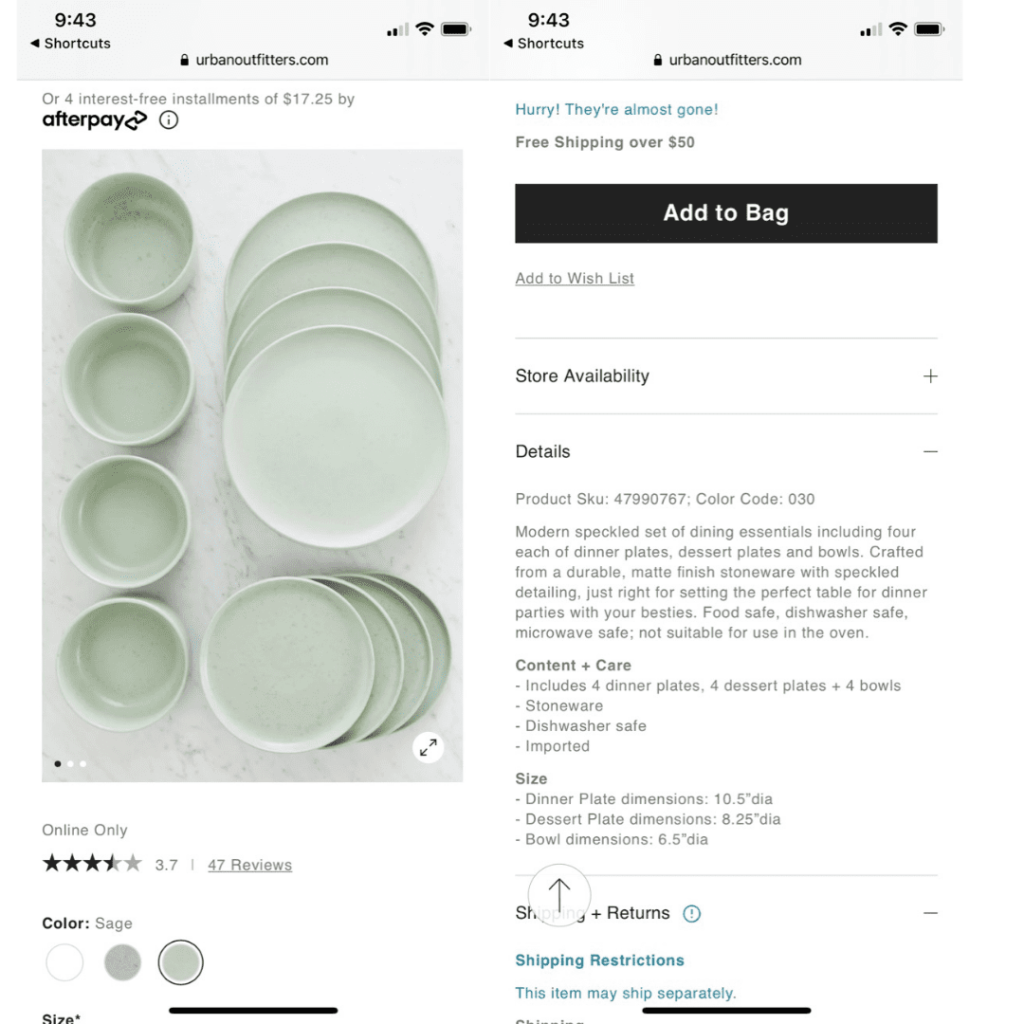Building Customer Trust in Mobile Commerce
Learn how consumers feel about mobile shopping and what you can do to optimize your site for a better mobile commerce experience.

Learn how consumers feel about mobile shopping and what you can do to optimize your site for a better mobile commerce experience.

It seems like just yesterday you could open your flip phone and accidentally hit the internet button. Of course, then you’d have to hit the End button 50 times to prevent yourself from paying for such a luxury.
Flash forward 10 years, and now it’s normal to purchase a cross-country flight right from your smartphone.
Mobile internet access has become 100% more affordable and accessible over the last decade, but has consumer trust in mobile commerce caught up?
We took a look at the latest in mobile marketing to see just how far we’ve come and how far consumers still need to go to grow trust in mobile commerce.
The most recent data shows that around 62% of people who own a smartphone have made a purchase using their device in the past six months.
For context, that’s around $420 billion in annual mobile sales.
And while the majority of e-commerce sales may not come from mobile devices yet, mobile shoppers are known to spend twice as much money as other online customers!
Someone can attribute the reason for the gradual boom to a slew of factors. One of the most prominent is that people spend an average of 3 hours and 40 minutes on their mobile devices every day!
As a millennial, I don’t even think I’ve spent three hours in a brick and mortar store over the last year!
Of course, mobile e-commerce isn’t the only way people exchange money over their phones.
With all of that being said, why then do only 12% of consumers find shopping on the mobile web convenient?
While most Americans are comfortable making purchases with their phones, what can retailers do to help enhance the experience?
A study conducted by Keng Siau and Zixing Shen from the University of Nebraska-Lincoln evaluated the quantitative and qualitative steps to gain mobile shopper’s business.
Their extensive findings can be explored in depth here, but the chart below summarizes the main takeaways.

For mobile shoppers, feeling comfortable sharing financial information over their phone comes down to two things:
If your brand has high familiarity (hello Amazon), a consumer is more likely to purchase without continued trust development.
But for a smaller e-commerce retailer targeting new consumers through social media marketing, a heavier emphasis on the second column above can help you seal the deal.
This brings us to the million-dollar question: How can a brand without a ton of reputation earn mobile consumer trust?
We’ve narrowed it down to four main things you can do right now to improve your site’s
If the study referenced above taught us anything, it’s that a good-looking, high-functioning site is critical. Here are a few quick maintenance best practices to shift your site from sketchy to successful.
40% of consumers leave a page that takes longer than three seconds to load. To make sure you’re performing up to par, be sure to regularly test your store’s loading speed with tools like Google’s PageSpeed insights.

Photo Credit: Pixel Union
Not everyone who visits your mobile site is there with the intent to purchase. Around 67% of consumers admit to “digital window shopping” for fun on their smartphones. But of those browsers, 77% have made impulse purchases.
With such a high percentage of casual shoppers completing purchases, it would make sense that investing in increasing your web traffic would result in more one-off purchases.
The secret sauce for more traffic is the ever-elusive search engine optimization (SEO), which is a fancy way of saying, “make your web pages more appealing to search engines so you show up higher when people search for businesses like you.”
This topic is a bit more in-depth, so if you’re interested in exploring it, we suggest reading more in our guide to mobile marketing best practices.
Just because the screens are smaller doesn’t mean that mobile shoppers want to be presented with less information. In fact, 69% of smartphone users say they are more likely to buy from companies whose mobile sites or apps help them easily find answers to their questions.
Anticipate consumer needs by making sure you present product descriptions front and center. For best results, consider including a bulleted list of product FAQs (including materials, size, and other product specs), links to customer reviews, and delivery/return information at the minimum.

If a mobile shopper has enabled location services, there is a massive opportunity for mobile personalization. And while a few years ago, this may have felt intrusive, more than half of consumers today (61%) say they’re more likely to buy from mobile sites and apps that customize information to their location and preferences!
If it’s too heavy of a development lift to recode your site to accommodate this amount of data, consider location-based SMS advertising as an alternative!
With 73% of consumers saying that they’ll switch from a poorly designed mobile site to one that makes purchasing more comfortable, ensuring you have modern marketing on the brain when optimizing your site is crucial.
Be sure, at a minimum, you’re testing your site on your phone to evaluate how the experience is from a consumer’s side:

Don’t underestimate the good old fashioned gut check and ask yourself, “Would I be comfortable sharing my credit card information with this site?”
Combine that with our tips from above, and you’re bound to see increases in sales and mobile site traffic.
Meghan Tocci is a content strategist at SimpleTexting. When she’s not writing about SaaS, she’s trying to teach her puppy Lou how to code. So far, not so good.
More Posts from Meghan TocciUsing SimpleTexting’s Mobile Sign-Up Widget to advertise a 10% discount, Toroe Eyewear generated an extra $7,028 in store revenue in a month. That’s a 156x return on its text marketing channel.
ReadMobile sales accounted for close to 70% of Cyber Monday purchases last year. Here’s how to build a text marketing strategy that takes advantage of the dominance of mobile shopping.
ReadStart a text marketing campaign or have a 1-on-1 conversation today. It's risk free. Sign up for a free 14-day trial today to see SimpleTexting in action.
No credit card required